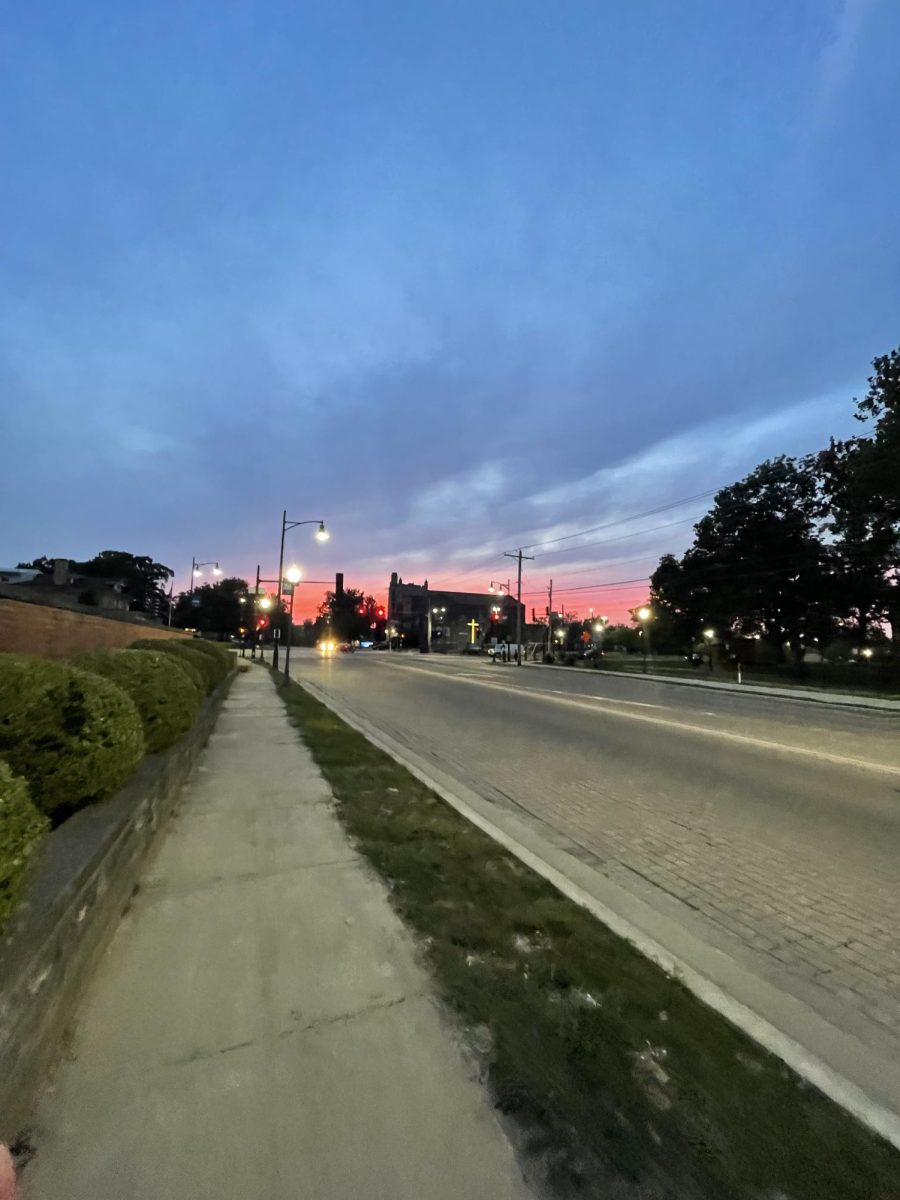When discussing sexual harassment, catcalling certainly does not come to mind as one of the most intense or “severe” examples.
However, it is a jarringly common experience that can have a much more profound psychological impact than one might think.
Research has shown that street harassment is a nationwide phenomenon, impacting women in particular. A survey published by Cornell in 2015 found that 85% of women experienced some form of harassment before the age of 17.
An anonymous female student shared with us her experience with catcalling at Millikin and how it impacted her perceived safety on campus.
“I was with my friend—another Millikin student—and we were walking on the street; we were going to their dorm,” they said. “As we’re crossing the road, a car full of men starts catcalling us. I was really scared. Then we realized they were following us.”
According to a 3-year study published in 2022, conducted by the Maryland Coalition Against Sexual Assault, 81% of women report being catcalled on their college campus. In 2015, 77% of all US women under 40 reported having been followed by a man or a group of men.
“We just booked it, ran as fast as we could to the UC, which was the nearest building we could get into,” they said. “They were screaming stuff out the window, screaming awful profanities at us.”
Street harassment often results in feelings of strong anger and fear, as well as withdrawal from social events or usual activity due to perceived danger. This could be amplified by the intimacy of Millikin’s campus.
“This happened during the daytime. I was with a friend. Often, I am a person who walks alone, but it made me rethink that,” they said. “They could’ve been strangers; they could’ve been students. I feel like we really could’ve been hurt in some way.”
Catcalling, however, is not an offense experienced solely by women. Sophomore Rock Edwards shared with us their unique story with catcalling on campus as a non-binary person.
“I’m very non-binary, but I’m what some people might call a cross-dresser,” they said. “I was walking across the street to go to the corner store. There were two guys; they stopped the car, and one of them yelled, ‘Damn girl’—right at me. And I looked up, the guy went, ‘Oh, sorry,’ and drove off.”
Edwards was on their way to an event when this incident occurred, wearing a skirt and fishnets. It was between 9 and 10 pm, and was dark outside.
Although the circumstances are slightly different, this is no later than someone who might be found walking past that same corner store, coming home from a practice or rehearsal.
“I just kind of laughed it off,” Edwards said. “It happens too quickly for someone to think. It [has] definitely freaked me out to walk around campus, especially at nighttime, alone.”
Edwards’s experience speaks to how not just a victim’s sex, but their clothes and physical presentation might make them more vulnerable to harassment.
“This culture is just really harmful to femininity as a whole,’ Edwards said. “That was the first time I’ve walked around campus without something covering up a feminine outfit, and it still happened. I was outside for, like, five minutes.”
In Cornell’s study, over half of the respondents noted that they changed their clothing, refused a social event, chose different transportation options, or felt distracted at work/school after an instance of catcalling.
Edwards expressed particular discontent with the anonymity of their harasser and their possible proximity, since the event occurred so close to campus.
“I don’t know who those guys are,” they said. “They could be in this building right now, right? And I don’t know.”
Research done separately from Millikin, as well as student experiences here, proves that catcalling is a larger issue than we bargain for.
It is time that we provide resources for students experiencing increasingly pressing issues with street harassment and work towards a safer campus.


